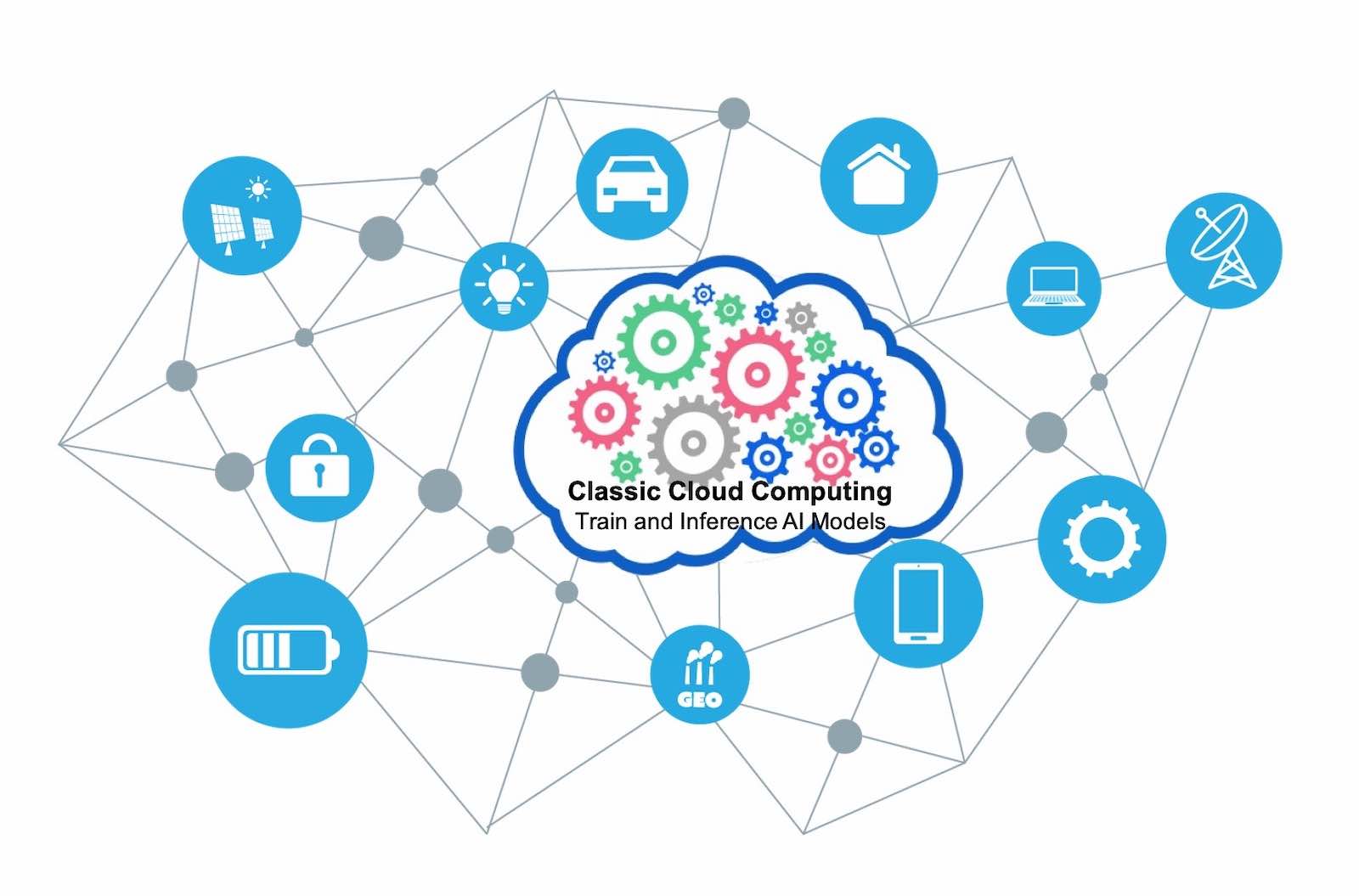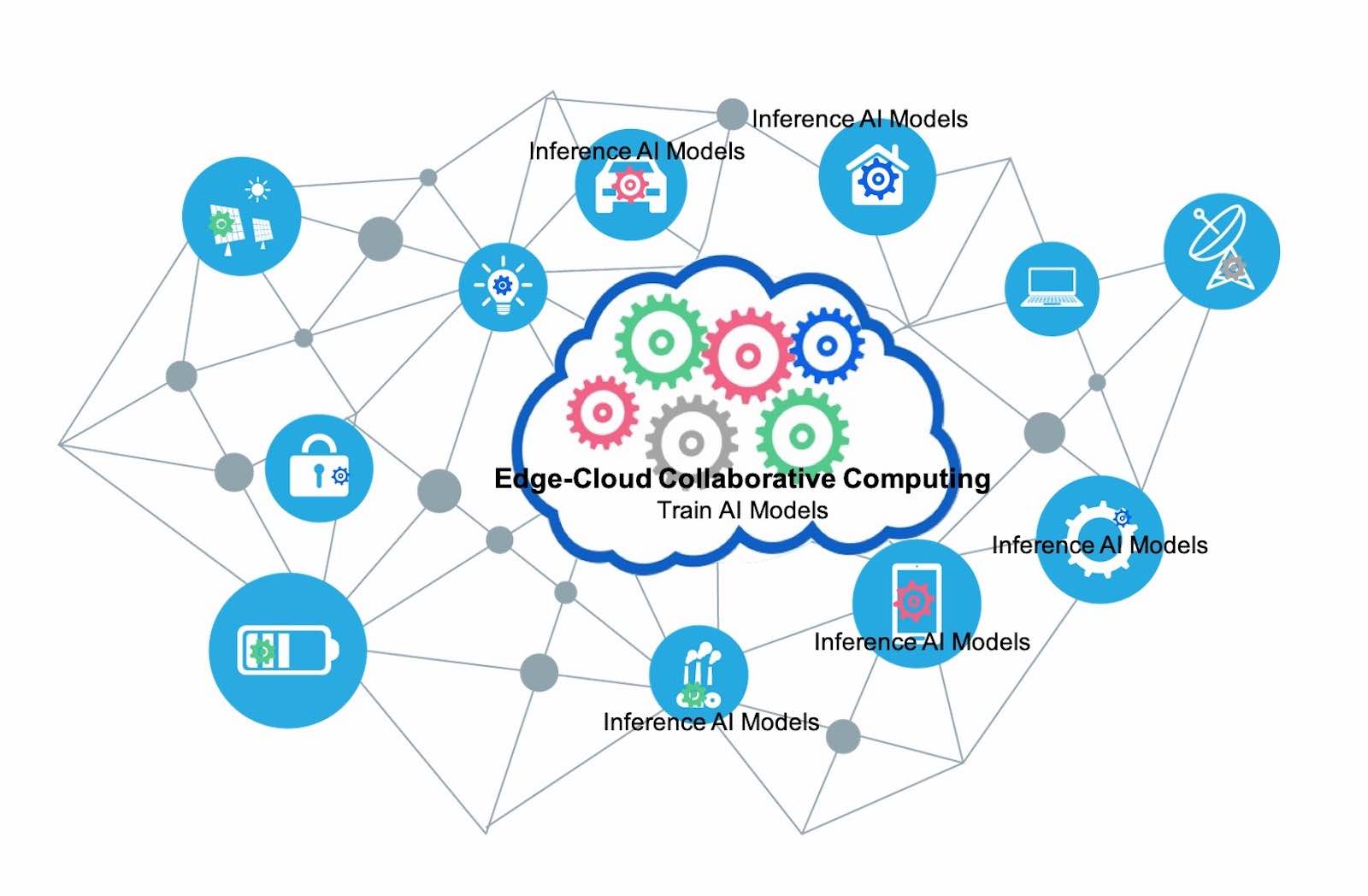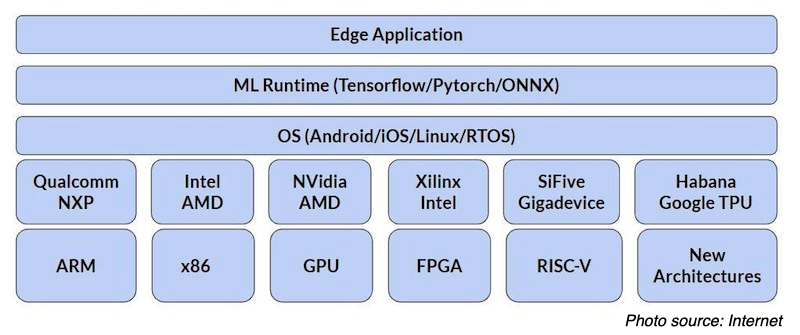
AIoT, the convergence of AI and IoT, requires to rethink the IT infrastructure architecture
IoT devices are generating more data than ever. According to IDC Forecast: by 2025 there will be 55.7 B connected devices worldwide and the data generated from connected IoT devices will be 73.1 ZB, growing from 18.3 ZB in 2019.
Unfortunately, whether we admit it or not, most IoT Data goes unstored and unanalysed. Therefore nowadays, when we talk about “data-driven” decisions, very likely, less than 1% of the data were actually analysed or used in the decision-making processes. Such inability for human intervention is precisely why AI and Machine Learning (ML) algorithms are required to be incorporated in order to form AIoT applications.
However, effective AIoT applications also require high responsiveness from highly decentralized IoT devices. It raises great pressure to the classic Cloud Computing paradigm on the network bandwidth and communication latency. Moreover, constantly sending large amounts of raw data back to a centralized cloud is unrealistic and costly.
That’s why Edge-Cloud Collaborative Computing came into the picture. Edge Computing is a distributed computing paradigm that brings computation tasks and data storage closer to the devices and data sources on the edge of the network, to improve response times and save bandwidth.
How Edge-Cloud Collaborative Computing works?
AIoT Edge-Could Collaborative Computing essentially transfers the AI inferencing to the Edge-Computing placed inside the IoT devices and processes the large-amount of the raw data on site, rather than send all the raw data back to the Cloud for processing and analysis. While classic Cloud Computing is still essential to train the AI models, Edge Computing can provide the speed, reliability, low latency, and increased capacity for the use of above-mentioned trained AI models.

The Edge-Could Collaborative Computing offers the best solution to leverage powerful computing and storage resources in Cloud to train sophisticated AI and ML models, at the same, to delegate the frequent but less complicated tasks to the edge of the IoT network. Such solution ensures to provide low latency services and allow the AIoT application end users to receive near real-time responses.
More advanced Edge Computing architectures and hardware make it possible to apply Edge AI
Over the last few years, many tech giants have been investing important and continuous efforts to improve the Edge Computing architectures and hardware. Several Edge-computing architectures have been introduced, shown as below:
In terms of Edge hardware, a few very exciting candidates are:
- Nvidia Jetson Nano
- Raspberry Pi 4
- Google Coral SBC (with Edge TPU)
- Intel Atom
As TECHENGINES.AI, we stay at the frontier of the AIoT innovation. Our mission is to develop AIoT solutions (including both the Cloud Computing and Edge Computing) specialized in Insurance Industry to make insurance simple, convenient and easy to access for the end customers, leveraging the most advanced AIoT technologies.